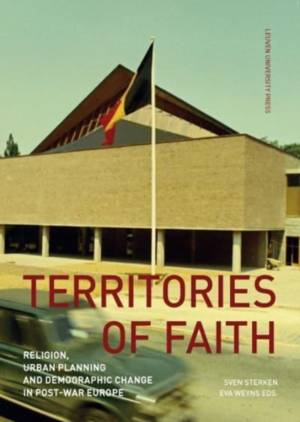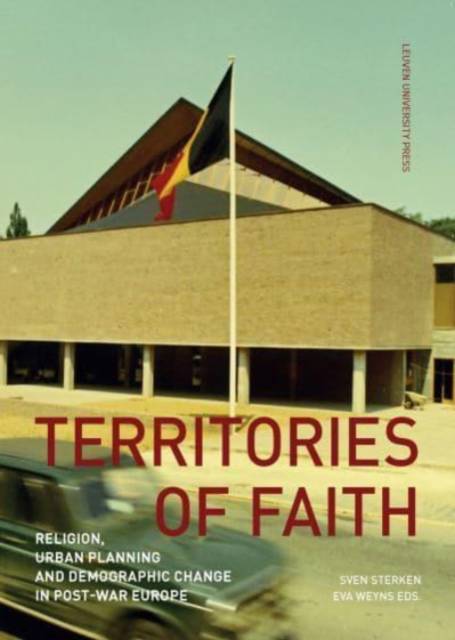
- Afhalen na 1 uur in een winkel met voorraad
- Gratis thuislevering in België vanaf € 30
- Ruim aanbod met 7 miljoen producten
- Afhalen na 1 uur in een winkel met voorraad
- Gratis thuislevering in België vanaf € 30
- Ruim aanbod met 7 miljoen producten
Territories of Faith
Religion, Urban Planning and Demographic Change in Post-War Europe
Omschrijving
In the 1950s and 1960s, thousands of churches were built across Europe in an attempt to keep up with the continent's rapid urbanisation. This book addresses the immense effort related to the planning, financing, and construction of this new religious infrastructure. Going beyond aspects of style and liturgy, and transcending a focus on particular architects or regions, this volume considers church building at the crossroads of pastoral theology, religious sociology, and urban planning. Presenting the rich palette of strategies and methods deployed by congregations, dioceses, government bodies, and private patrons in their attempt to secure a religious presence in the rapidly modernising world, Territories of Faith offers a broad view of the practice of religion and its material expression in the fast-evolving (sub)urban landscapes of post-war Europe.
Contributors: João Alves da Cunha (Universidade Católica Portuguesa), Alba Arboix-Alió (Universitat Politècnica de Catalunya / Universitat de Barcelona), Umberto Bordoni (Scuola Beato Angelico), Angela Connelly (Manchester School of Architecture), Maria Antonietta Crippa (Politecnico di Milano), Kees Doevendans (TU Eindhoven / KU Leuven), Davide Fusari (Politecnico di Milano), Jesús García Herrero (Universidad Politécnica de Madrid), Judi Loach (Cardiff University; Laboratoire de Recherche Historique Rhône-Alpes), João Luís Marques (Universidade do Porto), Mélanie Meynier-Philip (Ecole Nationale Supérieure d'Architecture de Lyon), Ellen Rowley (University College Dublin), Sofia Anja Singler (Cambridge University), Sven Sterken (KU Leuven), Marina Wesner (TU Berlin), Eva Weyns (KU Leuven), Ferdinando Zanzottera (Politecnico di Milano)
Specificaties
Betrokkenen
- Uitgeverij:
Inhoud
- Aantal bladzijden:
- 304
- Taal:
- Engels
- Reeks:
- Reeksnummer:
- nr. 30
Eigenschappen
- Productcode (EAN):
- 9789462703094
- Verschijningsdatum:
- 15/05/2022
- Uitvoering:
- Paperback
- Formaat:
- Trade paperback (VS)
- Afmetingen:
- 173 mm x 239 mm
- Gewicht:
- 635 g

Alleen bij Standaard Boekhandel
Beoordelingen
We publiceren alleen reviews die voldoen aan de voorwaarden voor reviews. Bekijk onze voorwaarden voor reviews.








